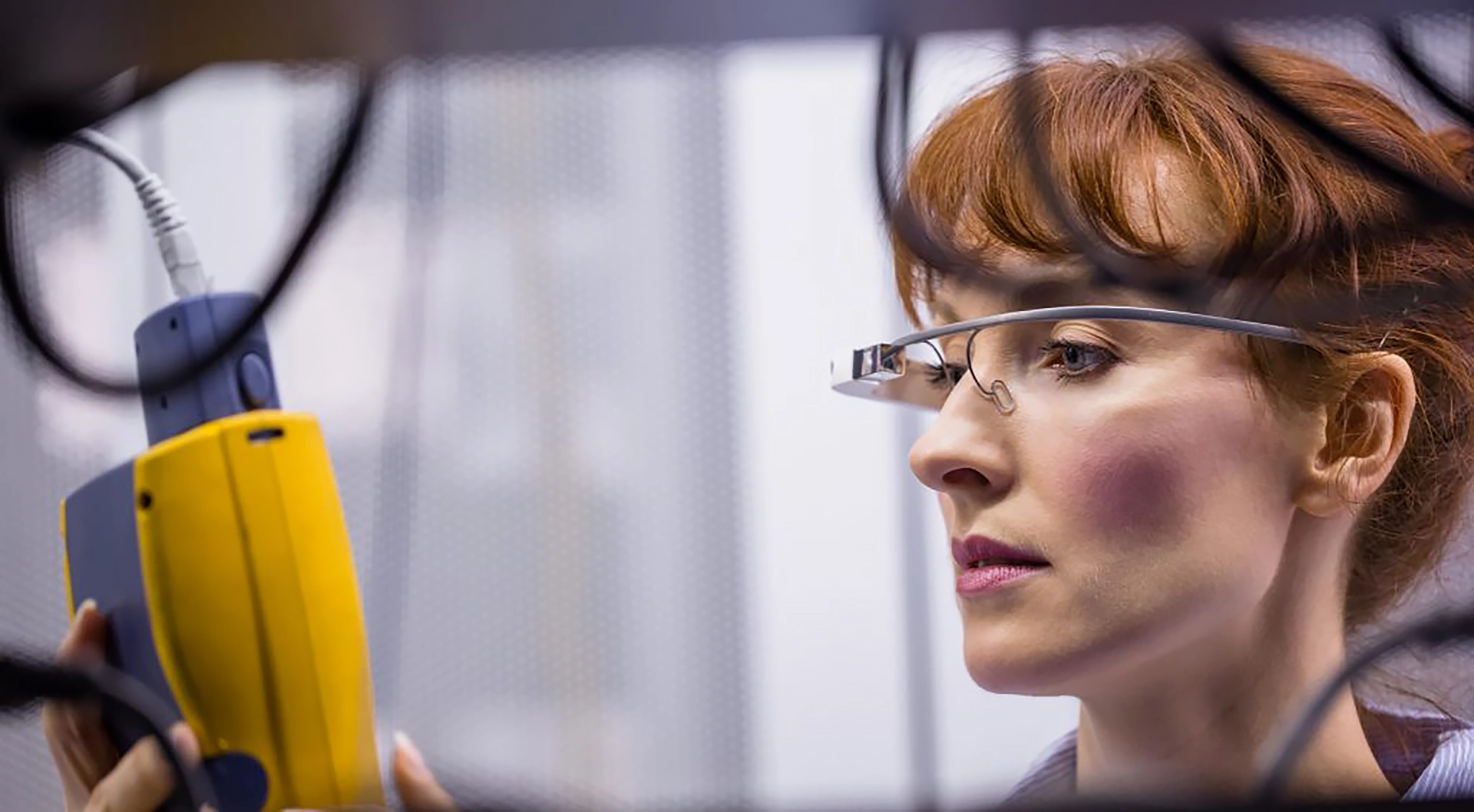Drones, Autonomous Vehicles, Robots – The future of warehousing?

Digital Warehousing – A Hot Topic
To date, most warehousing activities and processes are still performed manually. However, new technologies such as augmented and virtual reality, drones, robots, autonomous vehicles, IoT, and wearables will without a doubt transform the world of warehousing. With the support of artificial intelligence, big data, and advanced predictive analytics, warehouse planning and analysis is expected to evolve to the next level. Ultimate question here: how can existing or future warehousing infrastructures leverage these tech trends?
Digital Warehousing in Practice
Digital technologies have the potential to create sustainable value for all stakeholders involved in the warehousing process. The following examples show how various technologies can boost warehousing efficiency and output quality.
1. Smart Picking
Usually the picking process involves a person with a hard-copy picking list, locating each item in the far-spread and numerous racks of a warehouse. Each item needs to be scanned and brought to a central packing area. With smart glasses, the warehouse worker can visualize the optimal route to the item and its exact location. The item can be scanned automatically without the need for an additional device. After the item is picked, the worker can put it on a self-driving trolley that automatically follows him through the warehouse. When the trolley is full or the order is completed, it brings the items to the packing area. Since all the trolleys are connected, a new one is ready to go as soon as the loaded one leaves the side of the worker.
2. Robotic Packing
Packing often involves customization and last-minute requests from customers to modify or co-pack items. This is a time-consuming and labor-intensive activity that requires flexibility. Co-packing usually means opening a box, taking the items out, potentially applying a sticker, and repacking the items. A collaborative robot, designed to work safely around humans, can support and improve this manual process. Warehousing robots can handle objects with their hand-like extensions and are able to perform almost any task a human can do. The warehouse worker can quickly teach the robot a task which it can then perform over and over again. Their ability to learn new tasks on the spot allows for the necessary flexibility.
3. Inventory and Asset Management With Drones
Unmanned aerial vehicles (UAVs) – drones, can be successfully deployed to upgrade warehousing processes. A good example is the special aerial drones using optical sensors (cameras) which can help locate an item in a warehouse or scan the respective RFID tags at a distance of tens of meters. In larger warehouses, a drone system can be used to gauge inventory levels and transmit the data directly to the warehouse management system. This will facilitate the fast detection of individual items and prevent inventory mismatches. Drones appear to be a winning technology, outperforming other technological applications in speed and accuracy.
4. Higher Service Level Through Better Predictability and Planning
Conventional warehouse planning and analyses can be enhanced through big data, artificial intelligence, and advanced predictive analytics. With the help of these technologies, real-time stock-level information and predictive analytics can be used to optimize ordering quantities and delivery timing. This will reduce minimum safety stocks and overall inventory costs for the customer. Moreover, predictability and service level for the end-consumer can be visibly improved and risks of supply chain disruptions minimized.
If well synchronized with the tools used by consumers, these technologies will be able to support applications such as predictive maintenance. In other words, spare parts can be proactively picked and shipped from the warehouse to the customer before a machine breaks down: just in time for an unscheduled overhaul. Maintenance windows can be narrowed down and machine efficiency upgraded as a result.
Outlook
Despite the obvious buzz around digital warehousing, logistics leaders are still undecided as to how to leverage the latest technologies to upgrade their warehousing infrastructure. Which technological applications should you rather invest in?
In my opinion, there are several factors to take into account when considering an investment. Ultimately, you will have to weigh the trade-offs between investment cost, time and cost savings, service level, and technology maturity. Each technology delivers tangible value. However, the cost-benefit equation will vary depending on your sector of activity and market environment. In markets with higher labor costs for example, a higher degree of digitalization is more likely to pay-off. For online retailers, customers expect immediate fulfillment of their needs – “I want it all, I want it now”. An impeccable service level, a higher inventory flexibly and a faster delivery are a must, which clearly builds the case for investing in digital technologies.
Digitalization in the context of warehousing optimization is a reality we cannot ignore. The earlier we embrace this transformational journey, the better equipped our supply chains are likely to be in the future. How do you view the potential of digital technologies to improve warehousing?
I follow the latest developments in warehousing with great excitement and interest. Besides digital technologies, I see disruptive business models changing the warehousing model (e.g. “Airbnb” for warehousing).
More on this to come in my next article. I look forward to continuing the conversation on this topic with you on my blog and social media platforms.






